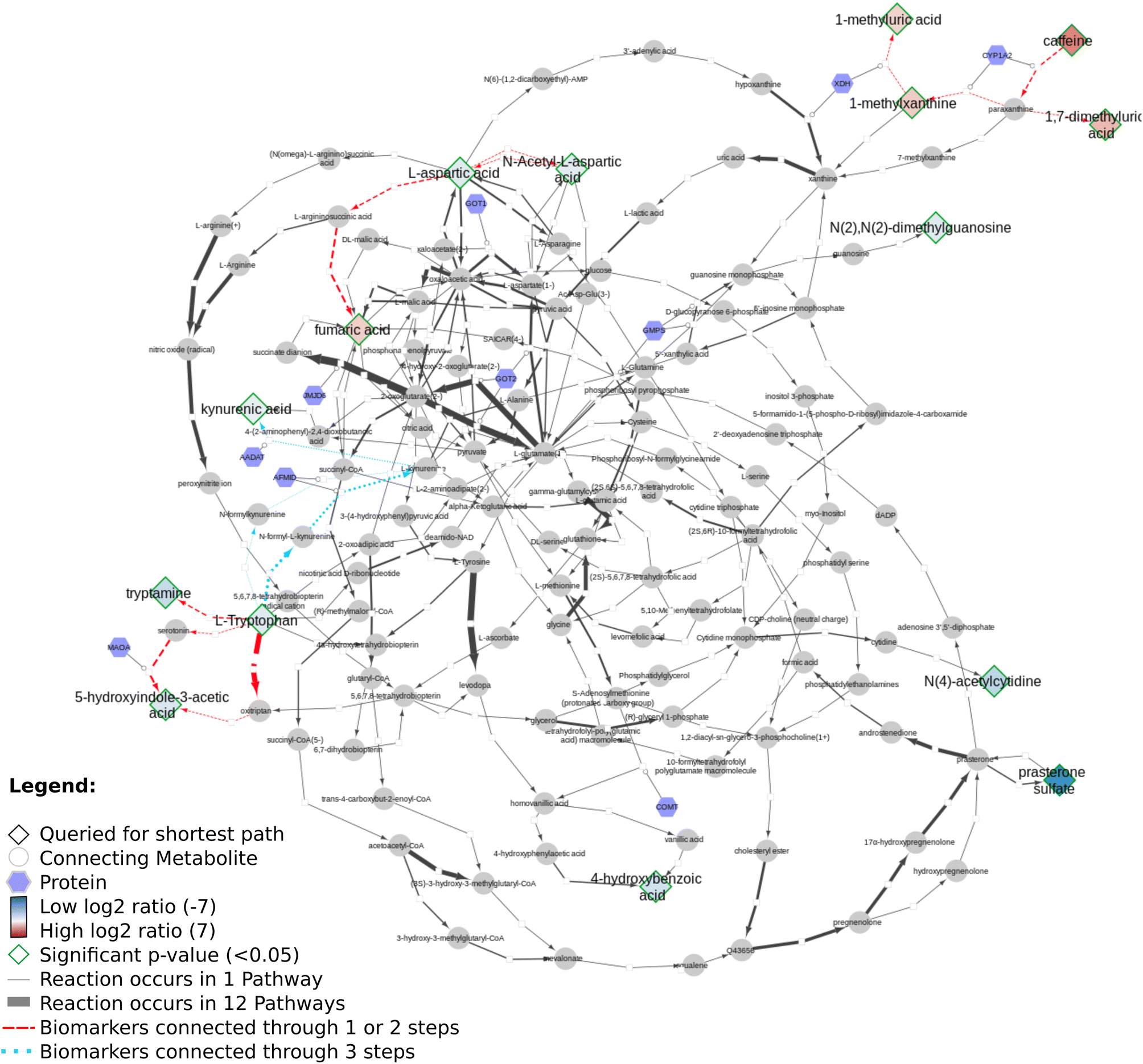Calicheamicin was noted in the previous post as a natural product with antitumour properties and having many weird structural features such as an unusual “enedidyne” motif. The representation is shown below. A partial structure shown below for Calicheamicin replaces the -(CH 2 )4- substructure with a four carbon chain that includes two sp 2 centres instead of two sp 3 centres.
Messaggi di Rogue Scholar

Scholarly articles provide context to the factualness of statements in Wikidata, similar to the [citation needed] in Wikipedia. And just like the cited references in each scholarly article itself. The citation network is general seen as an essential part of (doing) science, even without citation intention annotation.
Calicheamicin is a natural product with antitumour properties discovered in the 1980s, with the structure shown below. As noted elsewhere, this structure has many weird properties, including amongst other features an unusual “enedidyne” motif and the presence of an iodo group on an aromatic ring.
The Masamune-Bergman reaction[cite]10.1039/C29710001516[/cite],[cite]10.1021/ja00757a071[/cite] is an example of a highly unusual class of chemical mechanism[cite]10.1021/cr4000682[/cite] involving the presumed formation of the biradical species shown as Int1 below by cyclisation of a cycloenediyne reactant. Such a species is so reactive that it will be quickly trapped, as for example by dihydrobenzene to form

Scholia is a visual layer on top of Wikidata providing a rich user experience for browing scholarly research related knowledge. I am using the combinatie for various things, including exploring new research topics (a method, compound, or protein I do not know so much about yet), indexing notable research output (including citations), progress of Citation Typing Ontology uptake, etc.
Kasabi was an innovative RDF publishing platform from around 2011. Shortlived, and maybe just too early. I published two open datasets there. One was ChEMBL-RDF (see these posts). The second was a small data sets called ChemPedia, a open science effort to crowdsource chemical names. This is still very much needed, and possibly Wikidata could fill that gap, but it would first need to be able to handle all labels as statements itself.

Diabetes was already discussed in literature back in 1838-1839 (doi:10.1016/S0140-6736(02)96038-1, doi:10.1016/S0140-6736(02)96066-6, and doi:10.1016/S0140-6736(02)83966-6). These three papers show a short discussion.

This summer I am trying to finish up some smaller projects that I did not have time for to finish, with mixed successes. I am combing this with a nice Dutch staycation, and I already cycled in Overijssel and in south-west Friesland and learning about their histories. But this post is about an update on my Citation Typing Ontology use cases. And I have to say, a mention by Silvio Peroni is pretty awesome, thanks! First, the bad news.

Back in 2017, I was asked to peer review an article and its author asked if I would like the review to be “open” – that is that my name would be shown as a reviewer; [cite]10.1073/pnas.1709586114[/cite/] indeed it was!

I am still catching up with a lot of work, and found out I actually had forgotten to blog about this cool article by Denise Slenter: “Discovering life’s directed metabolic (sub)paths to interpret human biochemical markers using the DSMN tool” (doi:10.1039/D3DD00069A). This paper explains how various open science resources (Wikidata, Reactome, WikiPathways) are used to visualize the biological story of the data from two metabolomics experiments